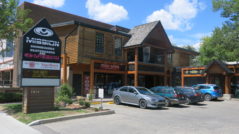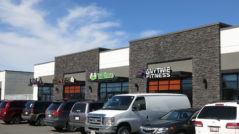Commercial lease agreements are complex legal documents that are important to understand properly. Of course, every lease agreement will include simple items like the length of the lease, amount of rent, operating expenses.
One thing that it is important to know about commercial property leases is that there is no one “standard” document. Before signing any lease agreement, you need to get proper legal advice and help from a qualified commercial real estate broker.
Let’s look at 4 different kinds of commercial lease agreements that you should be aware of before signing any commercial property lease.
Single Net Lease
The single net lease means that the tenant only pays for utilities and property taxes. It’s the responsibility of the property owner to care for and pay for maintenance, repairs, and property insurance.
Double Net Lease
A double net lease requires that the tenant pays for all utility costs, property taxes, and insurance. The landlord is responsible for all maintenance costs and repairs to the building.
Triple Net Lease
The tenant is responsible for all costs in the terms of a triple net lease – utilities, property taxes, insurance premiums, maintenance, and repair. Generally, the landlord still has to carry our structural repairs on the property.
Full-Service Gross
This is the most common type of lease if there are multiple tenants in the building. This lease agreement splits the structural repairs and operating costs between the tenant and the landlord. In these types of lease agreements, it is essential to stipulate what exactly is included in the operating costs. This may or may not include items like janitorial services, electricity costs for common areas, or other ‘communal’ operating costs.
So, when it comes to signing a commercial property lease, make sure and look at the details and know exactly what costs you are responsible for. Getting details sorted out before signing a commercial lease agreement will save money, stress, and possibly legal bills if you didn’t understand what you were signing for.












